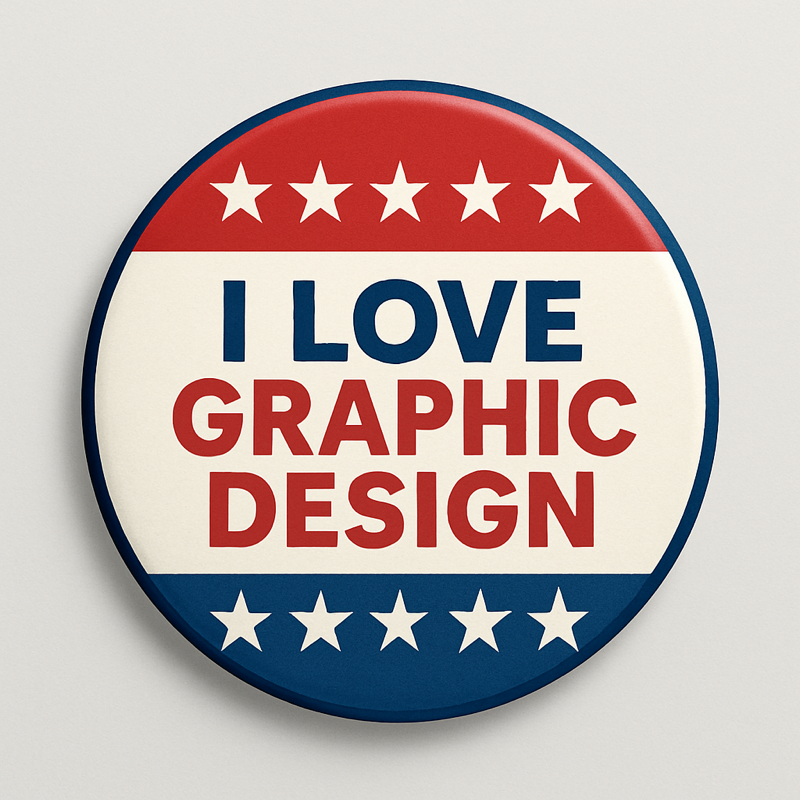10 key psychological principles every graphic designer should know
These 10 psychology rules aren’t just theory — they’re what turn pretty layouts into designs that persuade, guide, and perform. Mastering them changes how you design forever.

1. Visual Hierarchy
People scan before they read. Use size, weight, contrast, and placement to guide the eye, not just decorate the page. Example of Visual Hierarchy
2. Cognitive Load
The brain can only process so much at once. Reduce mental effort by simplifying layouts, reducing choices, and chunking information.
3. Gestalt Principles
Our minds group things naturally. Leverage proximity, similarity, closure, and figure-ground to create clarity and flow.
4. Hick’s Law
More choices = slower decisions. Streamline navigation, forms, and CTAs to reduce friction and increase action.
5. Color Psychology
Colors evoke emotion and influence trust. Blue = reliable. Red = urgency. Yellow = attention. Use intentionally — not decoratively.
6. Fitts’s Law
The time to click on something depends on its size and distance. Make important buttons big and close to where the cursor (or thumb) is.
7. The Von Restorff Effect
We remember what stands out. Use contrast or isolation to make key info or actions pop — just don’t overdo it.
8. The Serial Position Effect
People remember the first and last items best. Place your most important points accordingly (start strong, end stronger).
9. Emotional Design
People make decisions emotionally first, then rationalize. Design should feel right before it explains why it’s right.
10. The Principle of Least Effort
Users will take the path of least resistance. If it feels hard or unclear, they’ll bounce. Make the experience smooth, obvious, and rewarding.



